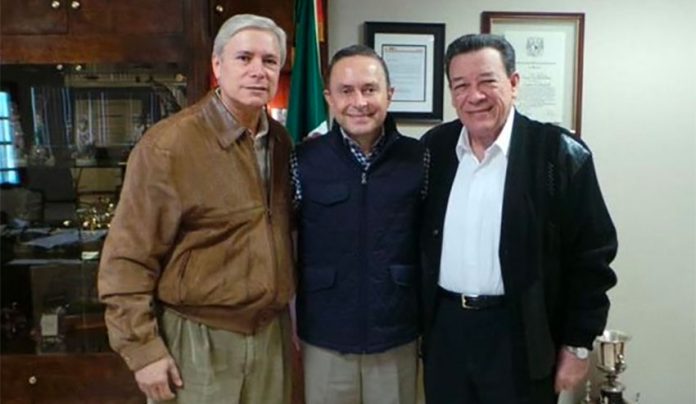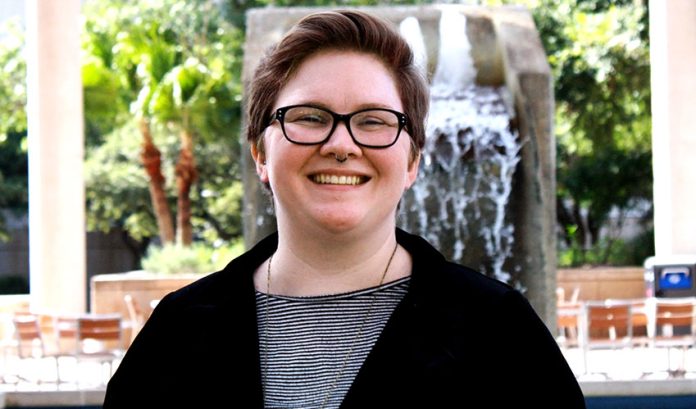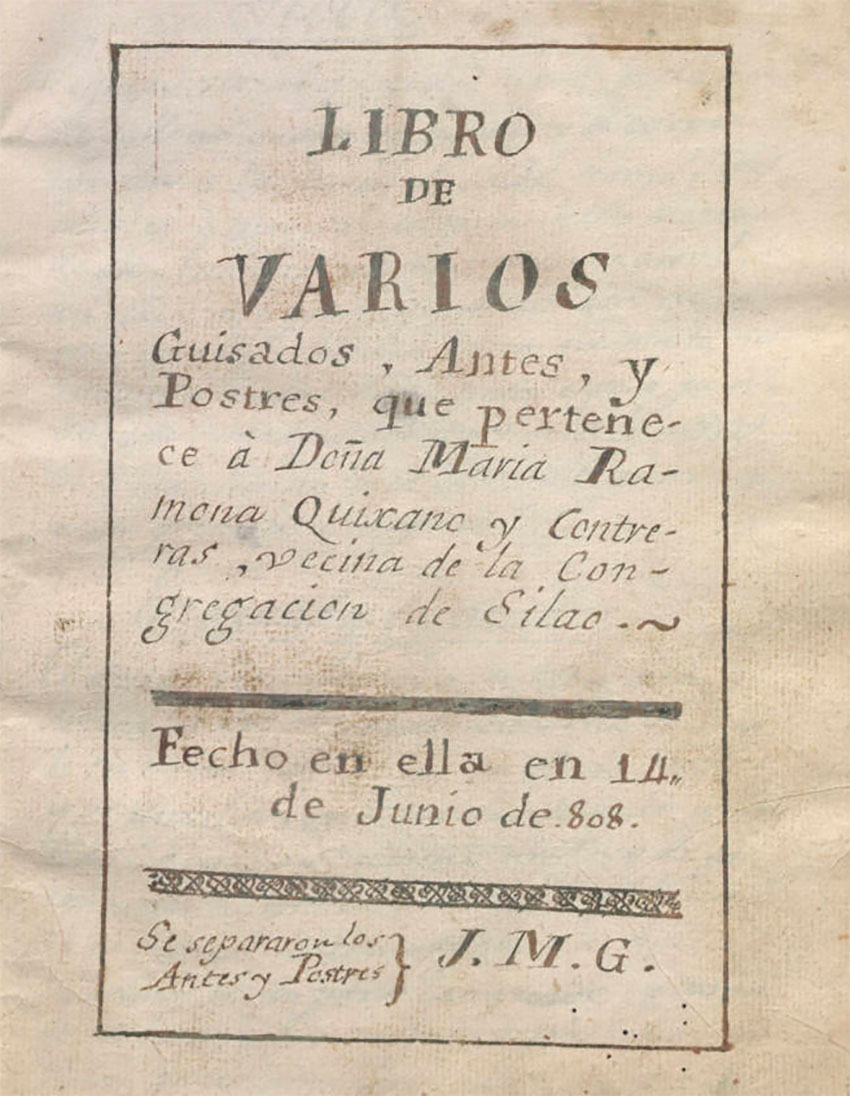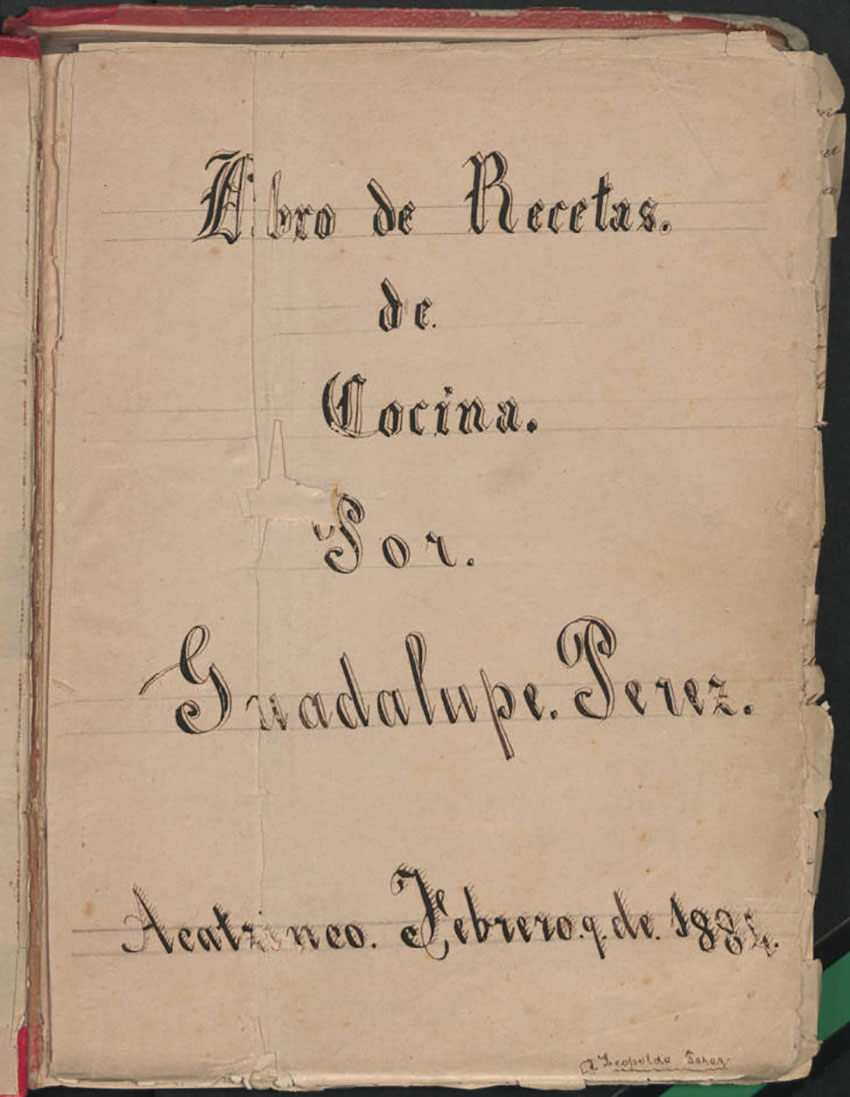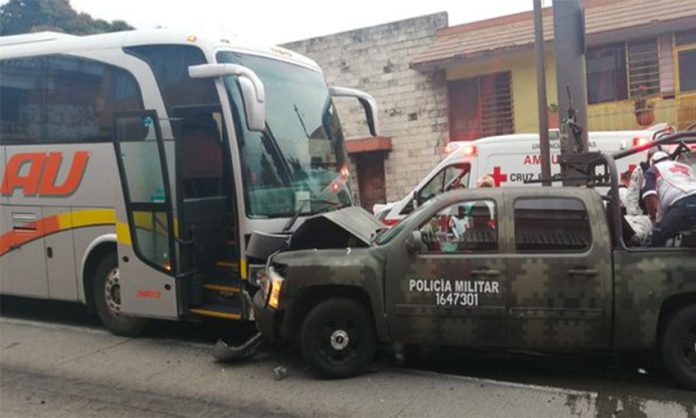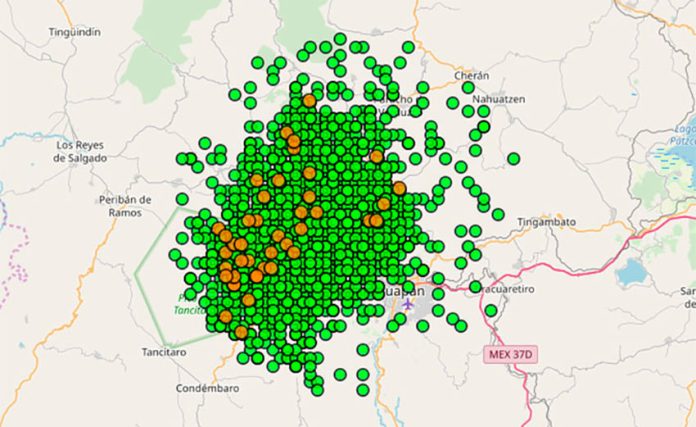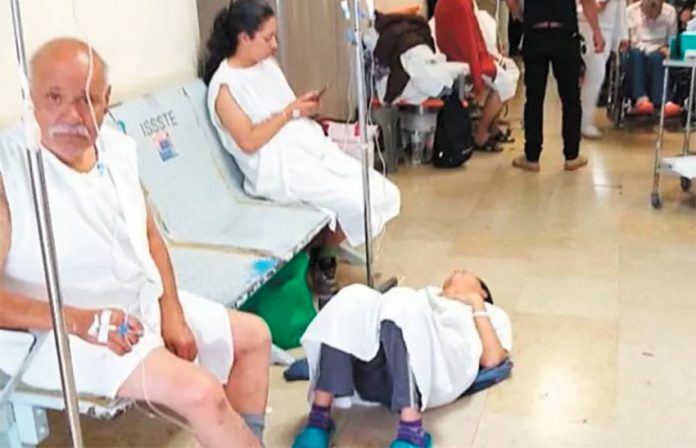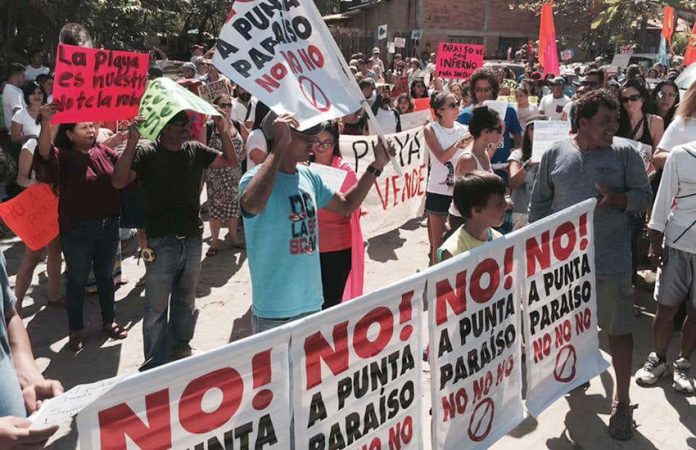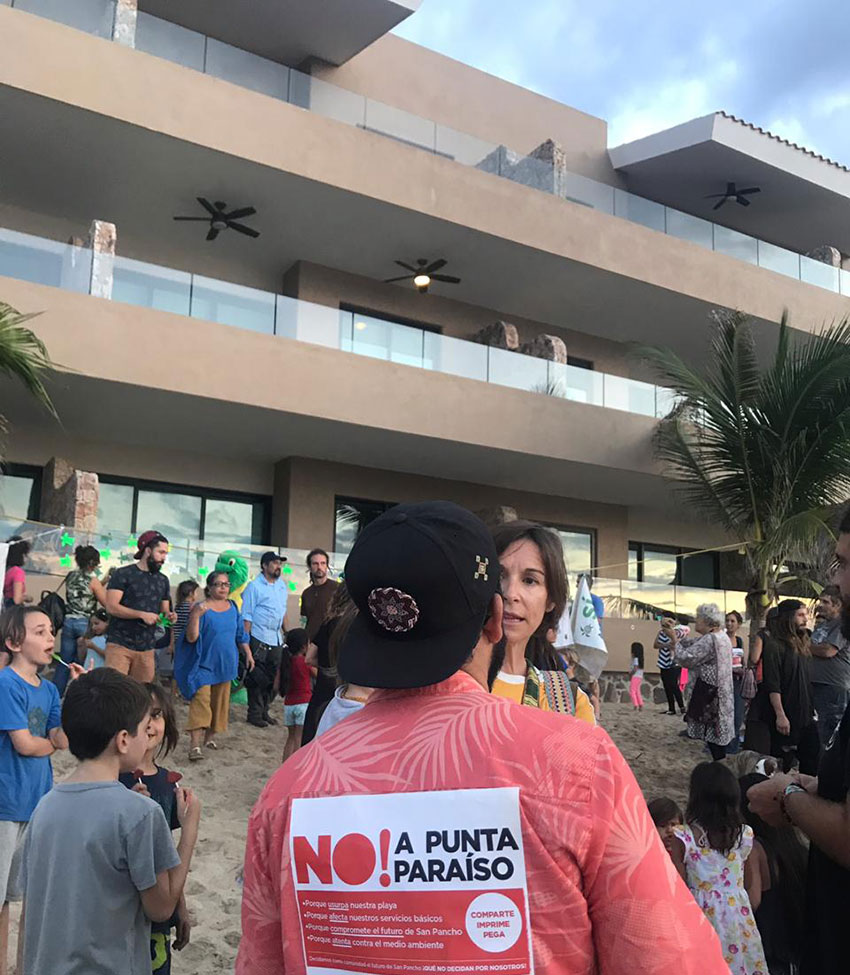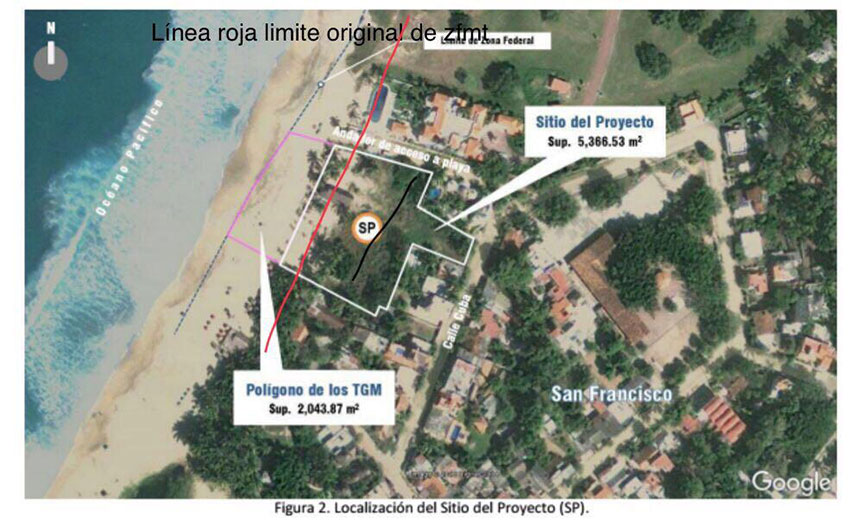Four police officers and three suspected criminals were killed in the central Veracruz municipalities of Córdoba and Huatusco on Saturday, sowing fear among residents who largely remained indoors on Sunday.
The first incident of violence came when an armed group began shooting at a state police station in the city of Huatusco at approximately 5:00 a.m. Saturday, the newspaper El Sol de Córdoba reported.
Police officers pursued the aggressors in a chase that ended at about 7:30 a.m. in the community of Chavaxtla. A gunfight ensued that left three suspected criminals, including one woman, dead.
At 3:20 p.m., another armed group attacked a municipal police watchtower near the Shangri-La Arch in Córdoba, killing two officers. At the same time, two state police officers were shot and killed while traveling on the La Luz Palotal-Los Cerezos highway in Córdoba.
Federal, state and municipal police as well as the National Guard launched an operation in response to the simultaneous attacks that resulted in the arrest of two suspects.
The violence in Huatusco and Córdoba followed the abduction and murder of a man believed to be linked to the Jalisco New Generation Cartel (CJNG) on February 19. Córdoba municipal police are allegedly responsible for the forced disappearance and death of Gabriel Navarro Aceves, whose body was found last Thursday.
As a result of Saturday’s violence, most Córdoba residents chose to stay at home on Sunday, El Sol de Córdoba reported.
“We’re living through a wave of violence … and we’re no longer free,” said a woman identified only as Leticia. “We were walking around [the city] yesterday [Saturday] and heard about everything that happened and went home.”
The streets of central Córdoba were largely empty on Sunday, a rare sight for a day on which locals normally flock to the city’s downtown area to go shopping and spend time with family and friends. Some cultural and sporting events, including men’s and women’s soccer matches, were canceled and many businesses closed due to state authorities’ activation of a code red alert, which indicates a high threat of violence.
Security was beefed up in Córdoba, with helicopters assisting surveillance and marines deployed to the area. Municipal secretary Alfredo Hernández Ávila said that local authorities would ask for the bolstered security measures to remain in place for the foreseeable future.
Writing in the newspaper El Universal, security analyst Alejandro Hope said that Saturday’s violence had left a “trail of terror” in its wake.
He noted that Veracruz Governor Cuitláhuac García said Monday that the situation was under control and that state authorities had identified the aggressors. Hope also acknowledged the state government’s announcement that two suspects had been arrested and that three pick-up trucks and several weapons had been seized.
However, the analyst said that he doubted that the issue of violence in central Veracruz had been resolved.
Hope contended that the criminal groups responsible for Saturday’s violence achieved a “double victory,” explaining that they directly challenged state forces and didn’t pay a particularly high price, and that they effectively imposed a curfew on a city of 200,000 people.
“For now, they are winning the psychological war,” Hope wrote, adding that reversing the criminals’ victory will take more than government statements and the arrest of a couple of suspected murderers.
He then set out a four-point strategy that he described as the minimum required for authorities to wrest back control from organized crime.
Firstly, authorities need to implement “particularly vigorous” actions against not just the direct perpetrators of the violence but the specific group (believed to be the CJNG) behind the attacks, Hope wrote. He said that authorities must prioritize capturing the group’s leaders, attacking their income sources and transferring certain prisoners to federal prisons.
Secondly, Hope wrote that a bolstered security presence is required on the streets of Córdoba and neighboring municipalities, even if it is only a provisional measure.
Thirdly, he said that “the reactivation of accountability mechanisms” is necessary, explaining that security task forces and citizens’ crime-watch committees can help to link authorities to some sectors of civil society as well as generate trustworthy information, among other roles.
“At other times and in other spaces (Ciudad Juárez between 2010 and 2012, for example), a mechanism of this nature was key to the recovery of a certain normality,” Hope wrote.
Fourthly, “a campaign to take back the streets” is needed, the analyst said, asserting that all the cancelled events should be rescheduled and that more activities for residents should be added to the Córdoba social calendar. He also said that special security operations could be carried out in areas with a high concentration of restaurants and bars.
“If the authorities don’t like these ideas, come up with others,” Hope wrote. “It’s not fair to allow an important city in a crucial state to become a hostage of terror imposed by a few criminals. … If things remain the same, there will be more Córdobas. A lot more.”
Source. El Sol de Córdoba (sp), El Universal (sp)
